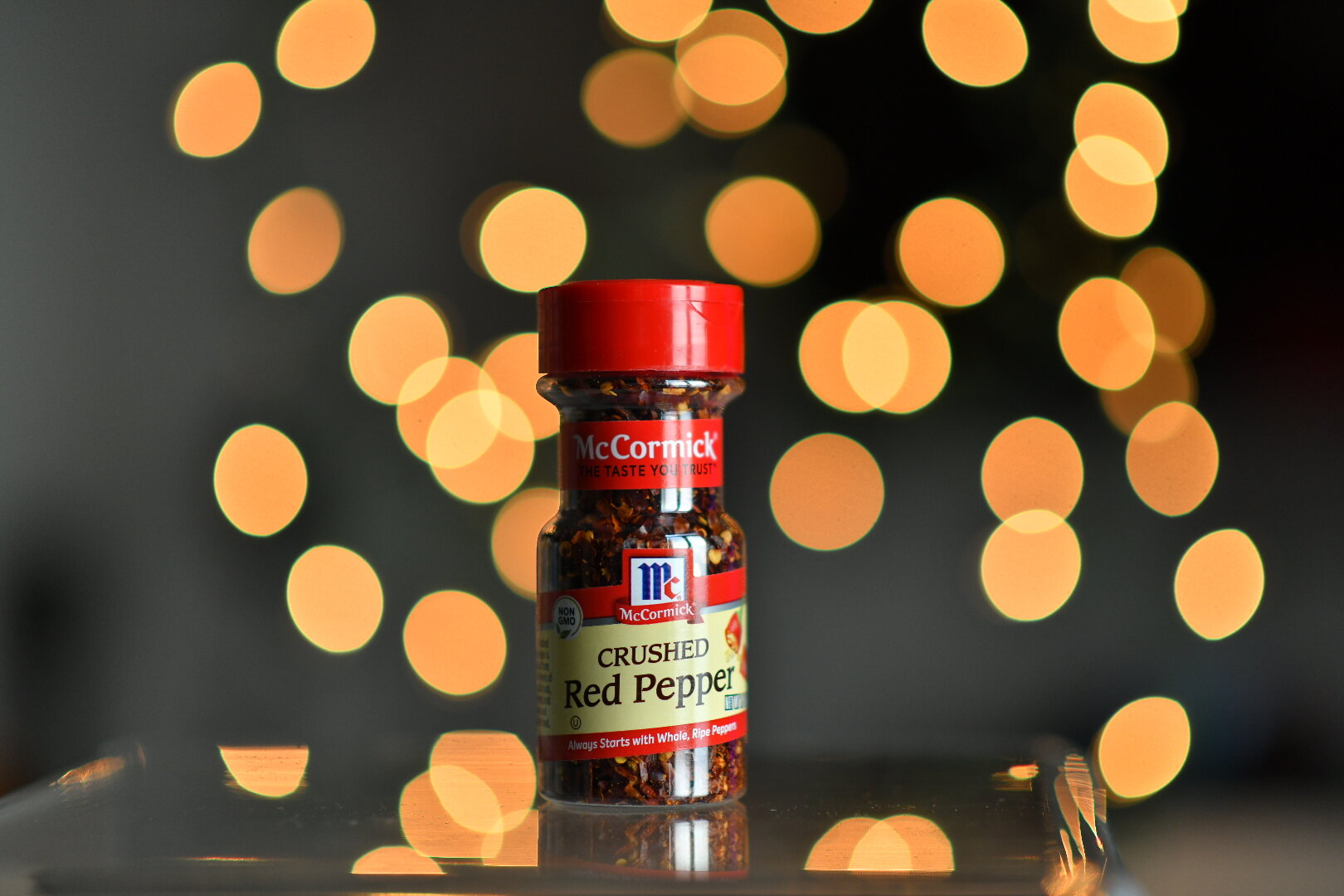As a professional photographer, rarely a day goes by without someone asking me for tips and tricks so that they can take better pictures. Since most of these times, I’m working on a shoot, I can’t really share too much or go into detail. So I decided to take a few minutes to share one of the tricks I use every day, every shoot, every time I pick up my camera.
Here is a mnemonic device that I use to make sure that my basic settings are ALWAYS right before I take a single picture: WISAMP - I pronounce it “WIZ-AMP” and here’s what each letter stands for:
W: White Balance
I: ISO
S: Shutter Priority
A: Aperture Priority
M: Manual
P: Program
Here’s what it all means:
W: WHITE BALANCE
White Balance is a pretty advanced concept and it has to do with the color temperature of different light sources. If you have no idea what that means, you will simply make sure that your camera is set to either one of the AUTO WB settings, or use the pictographs that denote SUNLIGHT, SHADE, FLASH, or CLOUDY and the camera will automatically approximate the color temperature (white balance). If you DO know what this all means, you will know how to set the proper white balance and this is the first thing in your checklist.
NIKON D850 - WHITE BALANCE SELECTOR
I: ISO
The short version of this setting is that back in the “olden days” when cameras actually used film, different film “speeds” were used. “Faster” film speeds were more sensitive to light and therefore could be used in darker conditions and “slower” film speeds were less sensitive to light and could be used in daylight or other special circumstances. The trade off is that faster film speeds were more “grainy” and the pictures would be less clear because of the “noise” created by the graininess and the slower film speeds were much more clear—the trade-off being that more light was required. This has carried over from the “olden days” of film to digital. The higher the ISO, the less light will be required for a proper exposure, but the more grainy the picture will be. As a general rule, if you stick with ISOs between 100 and 400, your pictures will be very clear and you can shoot in most conditions.
NIKON D850 - ISO SELECTOR
(CLICK ON THE IMAGES BELOW FOR FULL EXPLANATIONS)
S: SHUTTER PRIORITY MODE
This setting allows you to manually set the shutter speed and the aperture of the lens will automatically adjust for a proper exposure. Generally speaking, this setting is used if you are shooting objects or people that are moving. Higher shutter speeds are used to “Freeze” the action. If your subjects are stationary, you can use lower shutter speeds without having to worry about “blurry” results. Most modern cameras will automatically set a shutter speed of 1/60th of a second when using a flash which ensures that the shutter and the flash are synchronized.
A: APERTURE PRIORITY MODE
Using this setting allows you to set the aperture manually and the camera will automatically set the shutter speed for a proper exposure. In most conditions, this setting is used to control the “depth of field.” This can be a complicated concept for people who are new to photography. Basically, when you focus your camera on an object that is, for example, 3 feet away from the lens of your camera, that object will be in focus. But if you have other objects that are closer and/or further from your lens, these objects may or may not be in focus—this is the “depth” part of the term. If you have three objects separated at 1 foot intervals from the camera, your aperture will determine how many of these objects will be in focus. A smaller aperture (higher “f” number) will allow MORE depth of field. So for most cameras, an aperture of f22 will allow all three objects to be in focus. A lower “f” number will result in a shallower depth of field, so at a very low “f” number like f1.8 for example, maybe only one of the objects will be in focus.
(CLICK ON THE IMAGES BELOW FOR FULL EXPLANATIONS)
This is where your creativity can really come alive. By having only certain objects in sharp focus, you can control what the viewer pays the most attention to. You can literally draw your viewer’s eye to a certain object in the frame and depending on how the shot is composed, you can allow them to recognize objects in the foreground or background, but they won’t be in clear focus, so they are not given as much attention. The term “bokeh effect” is used to describe a portrait that has the subject in sharp focus, but everything around the subject is very much out of focus. This effect is created by using very wide apertures (low “f” numbers).
(CLICK ON THE IMAGES BELOW FOR FULL EXPLANATIONS)
M: MANUAL MODE
This setting means that you are manually setting both the shutter speed and the aperture to have complete control over the exposure. As a very experienced professional photographer, I am shooting in manual mode about 90% of the time. But that ability comes from many years of experience and hundreds of thousands of pictures. As you get more and more experience, you’ll be able to figure out the basic settings you need for certain situations and then you’ll figure out how to “tweak” the settings to get the perfect exposures.
P: PROGRAM MODE
This is the setting that allows the camera to automatically set the shutter speed and aperture (and on more advanced cameras, the ISO) to get the perfect exposure. As a pro, I rarely use this setting, but as you are getting started, you can use this setting to be able to concentrate on composition without having to worry about the other settings necessary for a good exposure. I use this setting occasionally when I find myself in dynamic situations and changing conditions when the actual settings are not as important as “getting the shot”.












